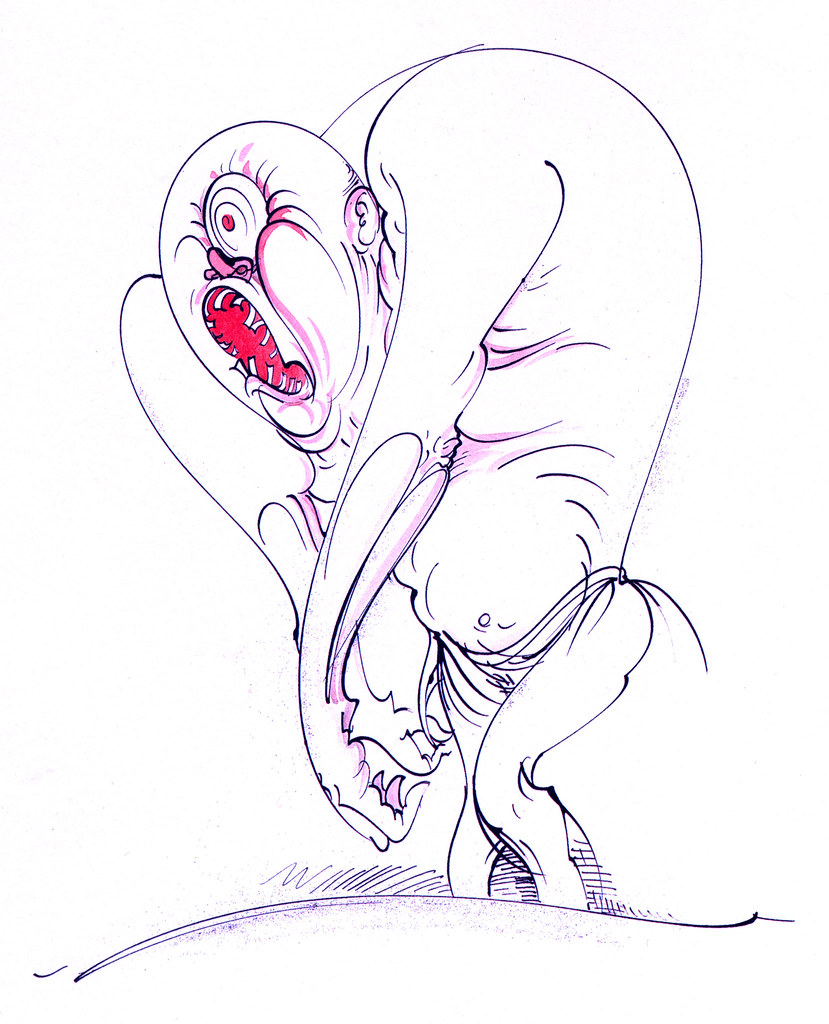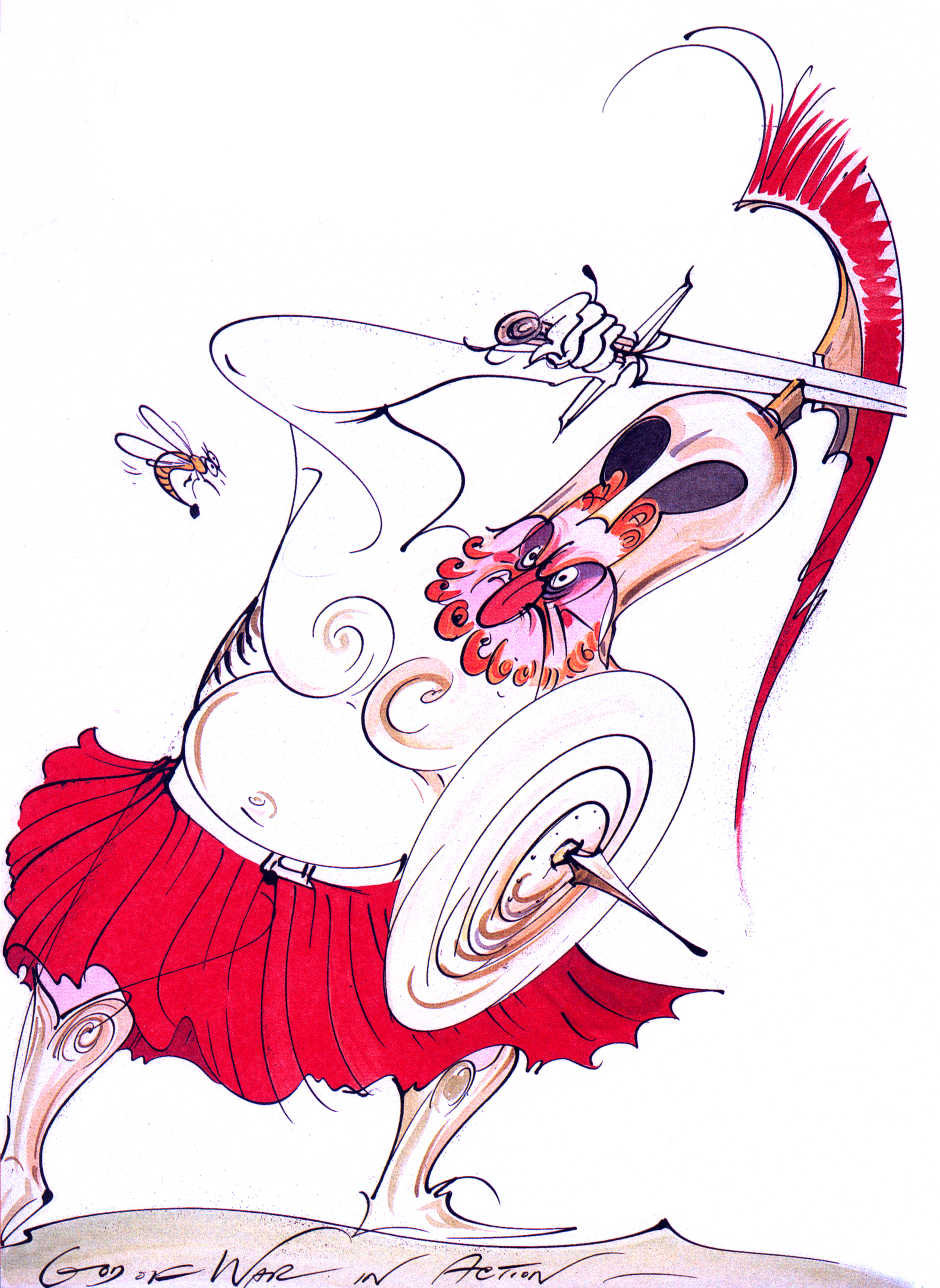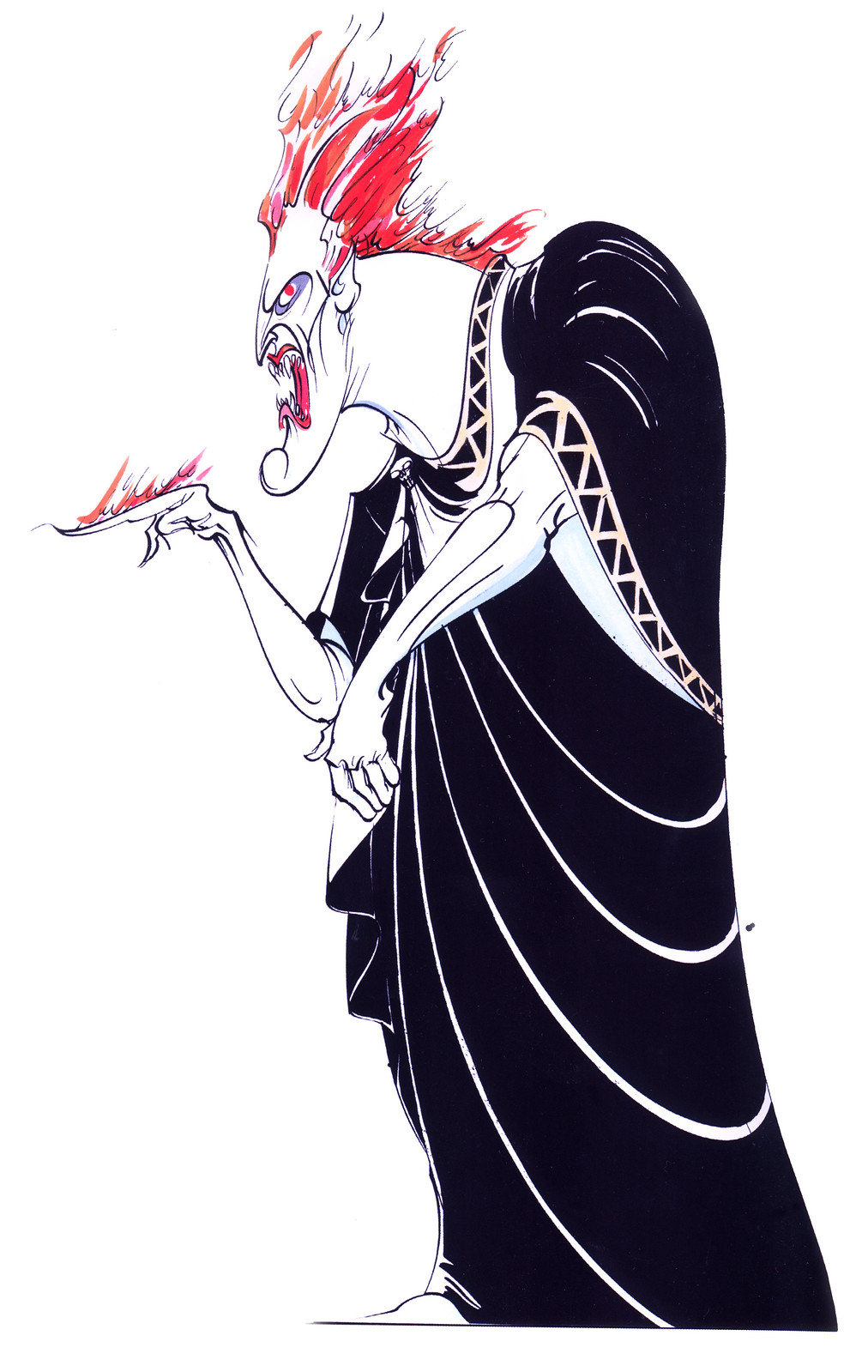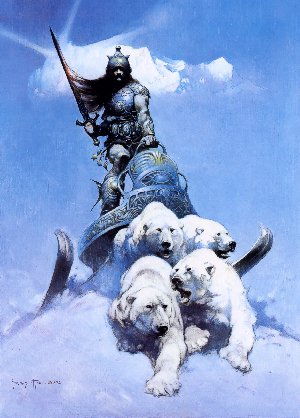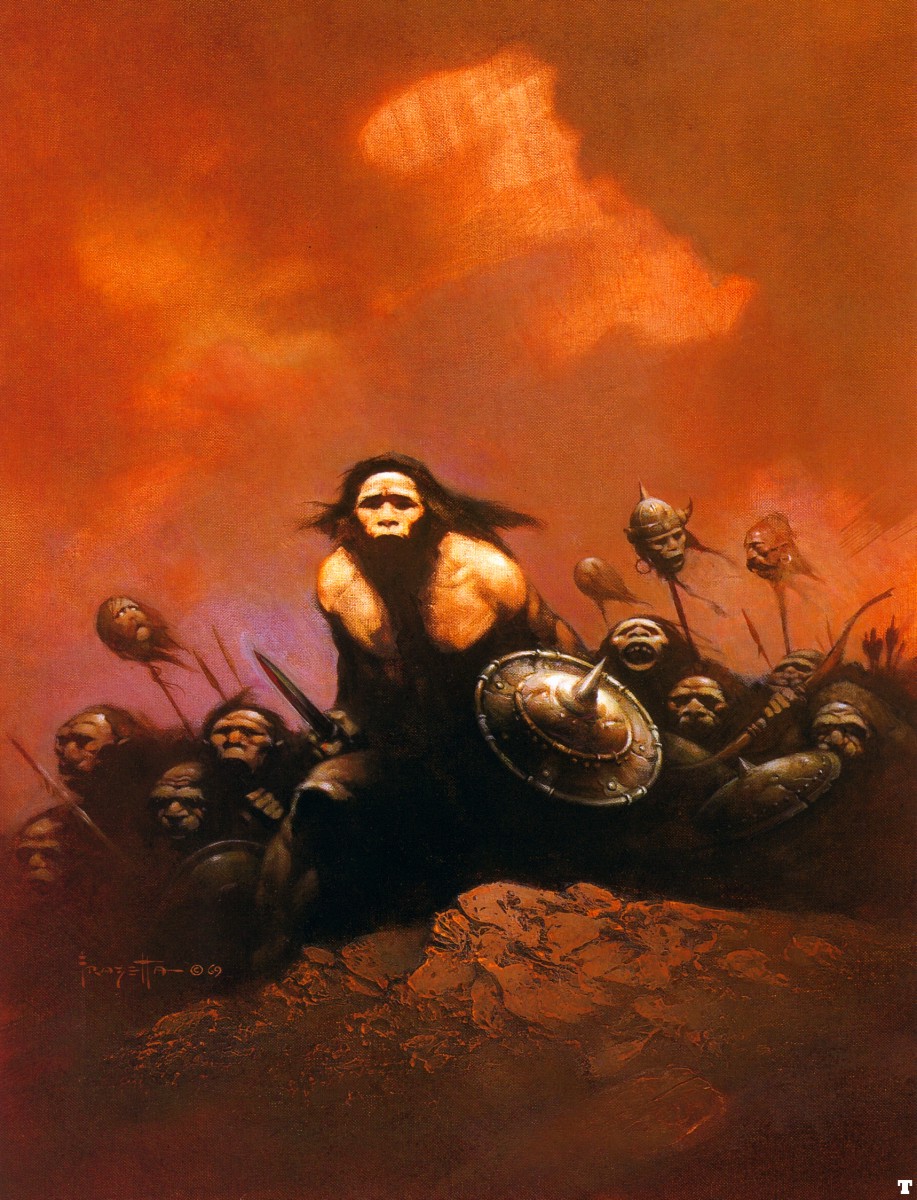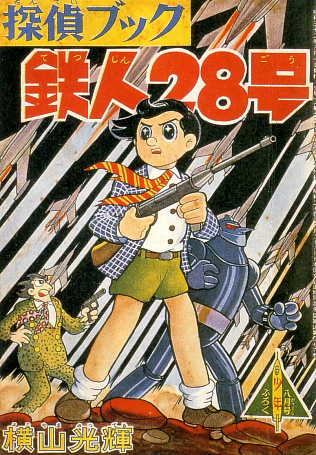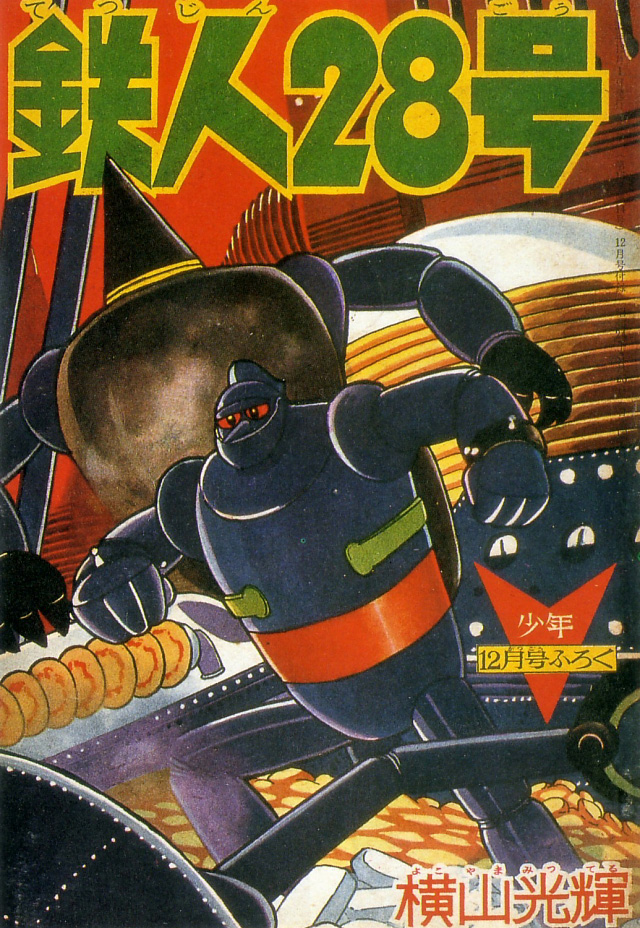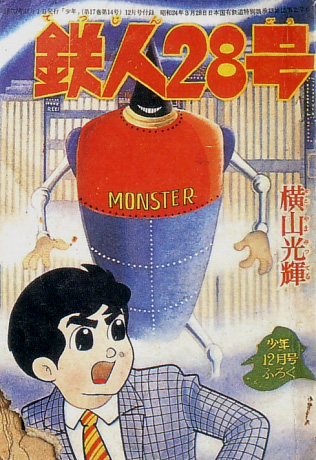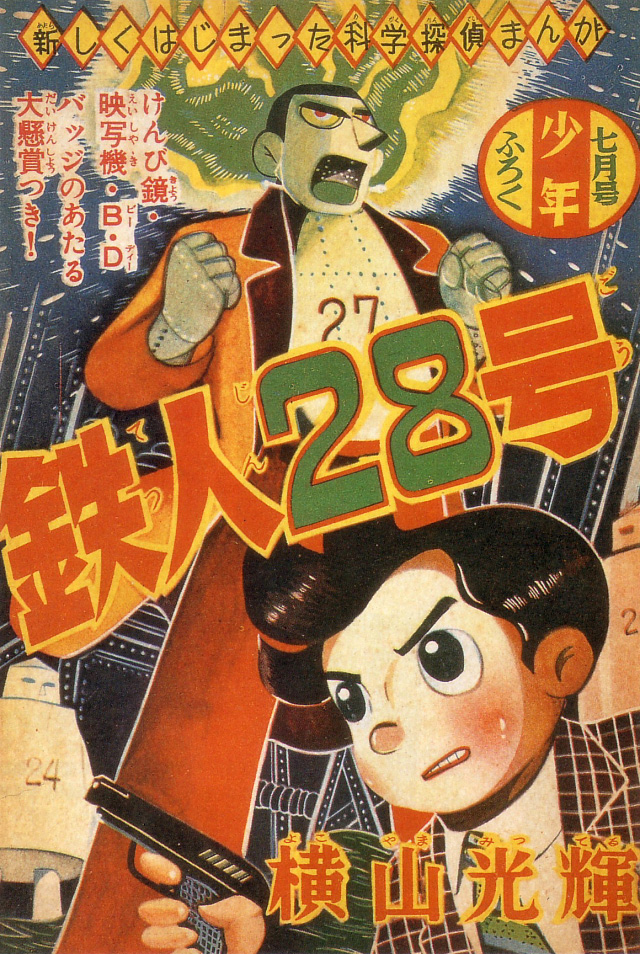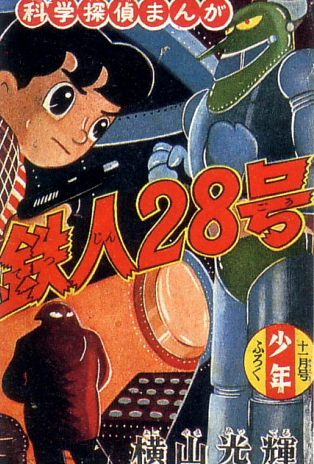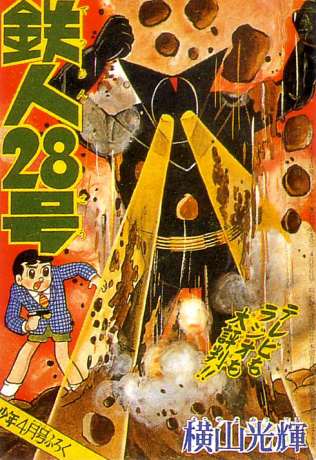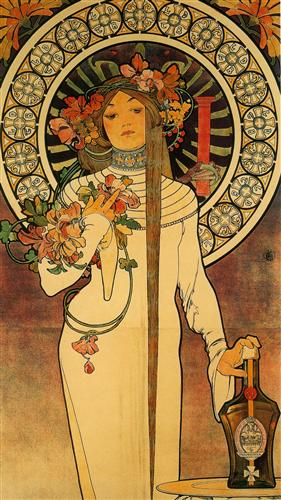 |
| Gerald Scarfe |
- Introduction:
- I don't really hear the surrealist painter's the name Gerald Scarfe all that often. Even though what his work has contributed to has been beloved in the public eye. For those who don't know Scarfe was the one who was behind the visuals to the music video The Wall for Pink Floyd. I don't know much about Pink Floyd but I do know a lot of people like it and should know who did the visuals. He was also the character designer for the Disney's Hercules. Strange right? I always did like the visuals in Hercules but I never knew it was him. I like to think Disney saw The Wall and thought "yes, we need this man". Actually the more I read about him the more I think thats how it happened.
- Personal:
- Scarfe was born in St John's Wood, London. He was incredibly asthmatic as a child so he spent many of his years in bed rather than outside. Drawing became his outlet of creativity with his sickness being the inspiration for his crazy character designs. At the age of 14 he took inspiration from Ronald Searle and went to Saint Martin's School of art. Eventually he landed a job in advertising. A line of work he would grow to despise. His work was usually found in satirical magazines of the time.
- Career:
- Gerald would eventually be contacted by Roger Waters and Nick Mason to do work for their music videos as stated above. It was a job he would go on to do for quite a while. Then on he was called upon for other work including Hercules, postage stamps, sculpting, and theater design,
- Significance:
- Scarfe has received tons of awards for his work. Many of which include:
- a name in Press Gazette's 40 most influential journalists
- Cartoonist of the Year, British Press Awards 2006
- Commander of the Order of the British Empire in 2004
- Chevalier de la Legion d'honneur, France 2009
- German Order of Merit, 2009
- Works:
- Sources:
- Gerald Scarfe Official Website
- Wikipedia

- Introduction: I was super excited to write about Mike Hinge when given the opportunity. This man's art is something to be adored in my opinion.
- Personal:
- Mike Hinge was born in Auckland, New Zealand in 1931. Hinge grew up in Mission Bay in a state house. His father was a bus driver and his South African mother was a former nurse. As a child Hinge had a fascination with only 2 things as a child. Science fiction and everything american. Deep into the night he'd stay up to 3am playing with futuristic space ships, vehicles, and even learned to play the violin. As a teenager he wore a cowboy hat and learned the jazz trombone when he listened to Louis Armstrong. In Mike's time he was considered maverick for his actions and habits. Considered to be an "Americanophile". He refused to stand when God Save The King played before each film in the theater played and hated Union Jack in the New Zealand flag. After attending an art school and doing some work for a Sci Fi mag he got applied for a Green Card to work in america in 1952. In 1958 his dream had come true. He could finally come to america. There he worked as a he attended another art school, worked as an advertising art director and designer, and even got to do a comic strip for the magazine Heavy Metal/Metal Hurlant. Mike lived hapily in america doing the thing job and experiencing the culture he loved. Hinge only returned home once in 1984 when his brother Noel won $333,000 in a lottery and paid for the trip. He felt New Zealand was too slow for him and advertising agencies wouldn't hire him. In the last 10 years of his life he lived in Philadelphia. August 2003 he died of a heart attack in his home, he was almost 72 when he died.
- Career:
- The funny thing is he is essentially unknown in New Zealand, but was a big success as a graphic designer in America. Throughout his career Mike has done many different works; ranging from book covers, magezine covers, illustrations, and movie designs. Much of it is held in the Smithsonian. Hinge also designed the cryogenic unit for a unused lobby display of the movie 2001 Space Odyssey.
- Significance:
- Mike's art has received many awards.
- He was nominated 6 times for the Locuz Awards by the american science fiction magazine Locus.
- Mike was even nominated for the most prestigious science fiction trophy, the Hugo Award.
- Works:
- The Mike Hinge Experience
- Featured in: The New Visions: A Collection of Science Fiction Art.
- Amazing Stories 1975
- Sources:
- http://alphabettenthletter.blogspot.com/2013/08/creator-mike-hinge.html
- https://en.wikipedia.org/wiki/Mike_Hinge
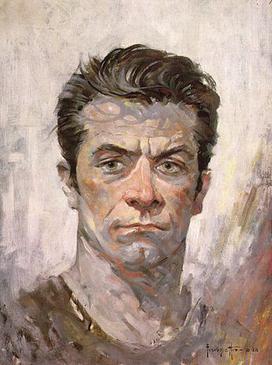
- Personal:
- Born Febuary 9th, 1928 and died May 10th, 2010. Ever since Frank was a child he loved drawing. According to him his main source of inspiration was his grandmother who would give him a penny to keep going. When he did it in school his teachers were in complete shock at his abilities. He realized he couldn't get much constructive criticism there so he went to art school and even there his teachers were mesmerized.
- Career:
- In 1964 Frank did a painting of the Beatle band member Ringo for a Mad magazine ad parody. This garnered the attention of the United Artists studios and was hired to do a poster for the movie Whats New Pussycat? There he made his entire year's salary in one afternoon. He would continue to more and more movie posters. Frazetta would eventually move onto doing book covers. Frank eventually got to do the cover of Conan. His interpretation redefined the genre of sword and sorcery and was an inspiration artists to come. It was at this point everyone wanted a piece of the fantasy king. He even got to do classic Edgar Rice Burroughs books such as Tarzan and John Cart of Mars. The irony to it all is that even though Frank's cover art was demanded and praised by all. They only coincidentally matched the story lines and context of the book. Nobody ever complained about it. They probably didn't read them he says.
- Frank's work became very commercial. He was doing paintings, illustrations, movie posters, album covers, calendars, and book jackets. He was doing comic stories in black and white. He was a success. Once he got his reputation movie studios asked him to work on animated movies. However he rarely had creative control and was there mostly in name alone. He would eventually get his control in one movie, Fire and Ice. A fantasy movie that was filmed in live action and then roto-scoped, this created an animated feature that mimicked the style of his paintings. Once the movie was over he returned to doing his traditional work.
- In his later years he would continue painting and eventually publish a magezine. He also suffered from several strokes in his later years, one of which paralyzed his right hand and so he learned to paint with his left.
- Significance:
- Frank Frazetta has been credited as an influence by artists world wide. His interpretation of Conan is believed to have been what got it popular. He is also known for popularizing the sword and sorcery genre.
- Guillermo del Toro says that Frank gave the world a new pantheon of heroes.
- Yusuke Nakano the lead artist to the Legend of Zelda series cites Frank as an influence.
- Chris Perna the director of Epic Games cites him as well.
- Robert Rodruiguez plans to remake Fire and Ice and has acquired the rights from Sony and is now set to direct. He is closely working with the Frazetta family and also hopes to open a museum for Holly Frazetta's collection.
- On March 2010 Frank's son Alfonso Frank Frazetta was arrested for attempting to steal about 90 paintings from the Frazetta museum. He was trying to prevent the paintings from being sold as were the wishes of his father. He was excused of his charges, requested by his family members. Now the Children of Frank work together to keep his paintings protected at his museum.
- Awards:
- Chesley Award (1900, 1995, 1997)
- Hugo Award (1966)
- Spectrum Grand Master of Frantastic Art Award (1995)
- Works:
- Ice and Fire
- Death Dealer
- Conan Cover
- and much more.
- Sources:
- https://en.wikipedia.org/wiki/Frank_Frazetta
- http://herocomplex.latimes.com/uncategorized/guillermo-del-toro-on-frank-frazetta-he-gave-the-world-a-new-pantheon-of-heroes/
- Personal: Mitsuteru Yokoyama was born in 1956 and died in a house fire in 1966. Much of Yokoyama's childhood was spent in World War II and was evacuated to Tottori along with his family. When he went to high-school he read Osamu Tezuka's Metropolis and it had a deep effect on him for years to come. This eventually drove him to become a comic book artist. However when he entered a banking corporation he realized he had no time to practice his craft and quit within 5 months. He found a new a jab as a department member for a movie company within Kobe and pursued his manga career in his spare time.
- Career: Much like Osamu Tezuka himself, much of his work was inspired by his experience during the war as well as the bombing. When he was a fifth grader he returned to the city of Kobe to see it was completely flattened by the destructive force of the B-29 bombers. As a child he was terrified of their destructive power. Another on his eventual works is the Vergeltungswaffen, wonder weapons created by the Nazis for long ranged bombing. A sort of card up the sleeve had the war not gone in their favor. What inspired the mentality of tetsujin and other works is the 1931 film Frankenstein. This movie gave him the inspiration to make the "monster itself" neither good nor evil.
- In 1956 Yokoyama revealed to japan his creation, Tetsujin-28 Go. A comic about a young boy who is tasked with controlling the giant robot Tetsujin-28. A giant robot originally built by his father as a super weapon to be used in the war. He would soon have a change of heart and sealed it away. It would eventually rise again with the death of his father and the return of several other ghosts of the war and the tetsujin project. A series that was praised internationally and was considered equal to Tezuka's Astroboy/Mighty Atom. His rise to glory would not halt as he would produce more hits such as Water Margin, Sally the witch, Giant Robo, Babel II and even his own adaptation of Records of Three Kingdoms.
- Significance:
- Tetsujin-28 and his other works have had inspiration to tons of other comic artists and creators.
- Tetsujin and Giant Robo were the first in creating the Giant Robot genre.
- Iga no Kagemaru popularized the ninja genre giving them super powers.
- He's produced several historical based comics and novels.
- He is cited as an influence on Hirohiko Araki for his "Hard-Boiled" style and suspense on the hero's character.
- Katsuhiro Otomo, the creator of Akira, has named several characters after the ones in Tetsujin:
- Shotaro Kaneda is Shotaro Kaneda
- Tetsuo Shima is Tetsuo Shima the builder of Tetsujin
- Colnol Shikishima is Dr Shikishima
- No. 28 is Tetsujin 28
- Otomo also keeps similair themes to tetsujin such as the fear of technology and rapid growth of technology and the world.
- Because Marvel couldn't get the rights to Tetsujin Jack Kirby using the idea of a giant robot to create Machine Man.
- Works:
- 1955 White Lily March
- 1956 Tetsujin 28-Go
- 1967 Water Margin
- 1967 Giant Robo
- 1971 Records of Three Kingdoms
- Sources:
- https://en.wikipedia.org/wiki/Tetsujin_28-go
- https://en.wikipedia.org/wiki/Mitsuteru_Yokoyama
- Artist Spotlight: Jean Giraud/Moebius

- Personal: Jean Giraud was born on May 8th 1938 and died on March 10th 2012. When Jean was 3 years old his parents divorced and he was mostly raised by his Grandparents. The rupture between his mother and father has affected him over the years. At age 16 he attended an art school where he began producing Western Comics. He eventually lived in mexico when he married his wife who lived there. He loved being in the desert. he loved its endless blue sky and its flat planes. It left a major impression on him and it can easily be seen throughout his art. When he returned to France he started working as a full time artist. He also served in the military for a year in Algeria where he contributed to an army magazine.
- Career: Jean was 18 when he got to draw his own comic strip called King of the Buffalo and later A Giant with the Hurons. Eventualy Jean would develop a grittier art style inspired by Spaghetti Westerns by Sergio Leone alongside the dark realism of Sam Peckinpah. He first used the Moebius Pseudonym with his science fiction fantasy work in a magezine called hara-kiri. in 1975 the name was revived when he, Philippe Druillet, Jean Pierre Dionnet and Bernard Farkus joined together to form the art group Les Humanoides Associes. With this group they published the magezine Metal Hurland, known in the English world as Heavy Metal. There he worked on other grandious series like The Long Tomarrow, L'incal and more. He also published Arzach, an entirely wordless comic created when American Superheroes dominated the comic industry. It was praised for its non-linear plot in which readers could have their own interpretation of the story.
- Significance: Jean Giraud has worked and been the inspiration for many famous works. Hes contributed story boards and designs to many movies such as Alien, Tron, The Fifth Element, and was cited as one of the inspirations for Star Wars. He created the first modern anti-hero in comics with the title Blueberry. He is also friends with many famous creators such as Fedrico Fellini, Stan Lee, and Hayao Miyazaki. He was also the key visual influence for the movie Blade Runner. His art was also the inspiration for the japanese direct to video animation Dragon's Heaven.
- Moebius and Jodorowsky sued Luc Besson the dirrector of The Fifth Element claiming that the movie stole plot and story elements from The Incal. A case which they lost. The funniest thing about it is that Moebis actually worked on the production of the movie as Jean Giraud. Jodorowsky considered it to be an honor that someone stole his ideas. In truth neither Moebius or Jorodowsky sued Besson but the editor of the comic. It was claimed that they lost the case because Jean "betrayed them" and contributed to work on the movie with Besson.
- Blueberry
- Arzach
- The Incal
- Silver Surfer
- Contributer to Heavy Metal Magezne
- Airtight Garage
- Le Monde d'edena
- https://en.wikipedia.org/wiki/Jean_Giraud#Science_fiction_and_fantasy_comics

- Introduction:
- I first learned about Simon Bisley when looking through 2000ad stuff. I was captivated by his style. His art to me can range from beautiful as the morning sun to edgier than a three sided katana.
- Personal: Born on March 4th, 1962, Simon has been drawing since he was 6 years old. He describes it as something that just came natural to him. He is almost entirely a self taught artist with the exception of one short year in a art college. He said he became very introverted there because he found it hard to get good feedback from the uninterested art teachers. He says his inspirations are Frank Frazetta, Bill Sienkiewicz, Gustav Klimt, Salvador Dali, Ego Schiele, and Richard Corben.
- Career: He's been known to do album covers and T-shirt designs. However he didn't break into comics until 2000ad called him up to do A.B.C. warriors. He is also a regular contributor to the magazine Heavy Metal.
- Significance: Simon has had an influence and tons of pop culture. His artwork has also been an inspiration for many Blizzard games such as Diablo III. With exaggerated yet down to earth character designs of varying depictions. He even got to do art for Diablo III where they digitized his art to give a animated feel. He's described the experience as a big compliment to him. The experience was also described as "feeling at home".
- Works:
- Lobo
- ABC Warriors
- Judge Dredd
- Hellblazer
- Slaine
- Sources:
- http://www.creativebloq.com/digital-art/legendary-comic-illustrator-danger-digital-art-31514342
- http://www.comic-art.com/intervws/bisleyi2.htm
- Artist Spotlight: Alphonse Mucha

- Introduction:
- Alphonse Mucha was one of those artists whose art i kept seeing circulating around, but never could figure out the name of. I did eventualy learn who he was and fell in love with his art. I am a big fan of his stylishness and high detail. I was always a fan of his work for advertisements.
- Personal:
- Czech born. He was born in July 24th, 1860 and died July 16th, 1939. While his singing capabilities allowed him to be carried through school, he had been drawing his first love since childhood. He had a job painting for a theatrical company while he lived in Moravia. In 1879 he moved to Vienna to work for a leading a different theatrical design company in order to further his study in the arts. This job however ended when a fire destroyed his employer's business in 1881. So he returned to Moravia to do freelance work. His first big break was when Count Karl Khuen of Mikulov hired Alphonse to decorate his castle with murals and was so impressed he sponsored him to have formal training at the Munich Acadamy of Fine Arts in Paris.
- Career:
- While studying in Paris he also did advertisement illustrations. Christmas 1894 he just so happened to walk into a print shop where the owners immediately needed a poster for a play starring Sarah Bernhardt, the most famous actress in Paris at the time, Mucha volunteered to do it in 2 weeks free of charge. The play was an overnight sensation and brought him tons and tons of recognition. Bernhardt was so impressed she gave him a 6 year contract. Since then it was uphill with him producing paintings, posters, advertisements, and book illustrations. He also designed jewelry, carpets, wall paper, and theater sets. At the time of his death his art style was considered outdated, but has been recognized in more recent times once again. His museum is currently run by his grandson John Mucha.
- Significance
- His art has been recognised worldwide for its soft colors and stylish aesthetic. He believes they were entirely a product of of the artistic spirit and his Czech heritage. He's declared that art is a spiritual way of communication, something that he made him frustrated while doing advertisement and freelance work.
- Works
- Le Pater
- The Slav Epic (his masterpiece)
- Daydream
- Princezna Hyacinta
- Savonnerie de Bagnolet
- Cycles Perfecta
- Sources
- http://www.rogallery.com/Mucha_Alphonse/mucha-biography.htm
- http://www.alfonsmucha.org/biography.html
- http://www.muchafoundation.org/gallery/mucha-at-a-glance-46
- http://www.artelino.com/articles/alphonse_mucha.asp


